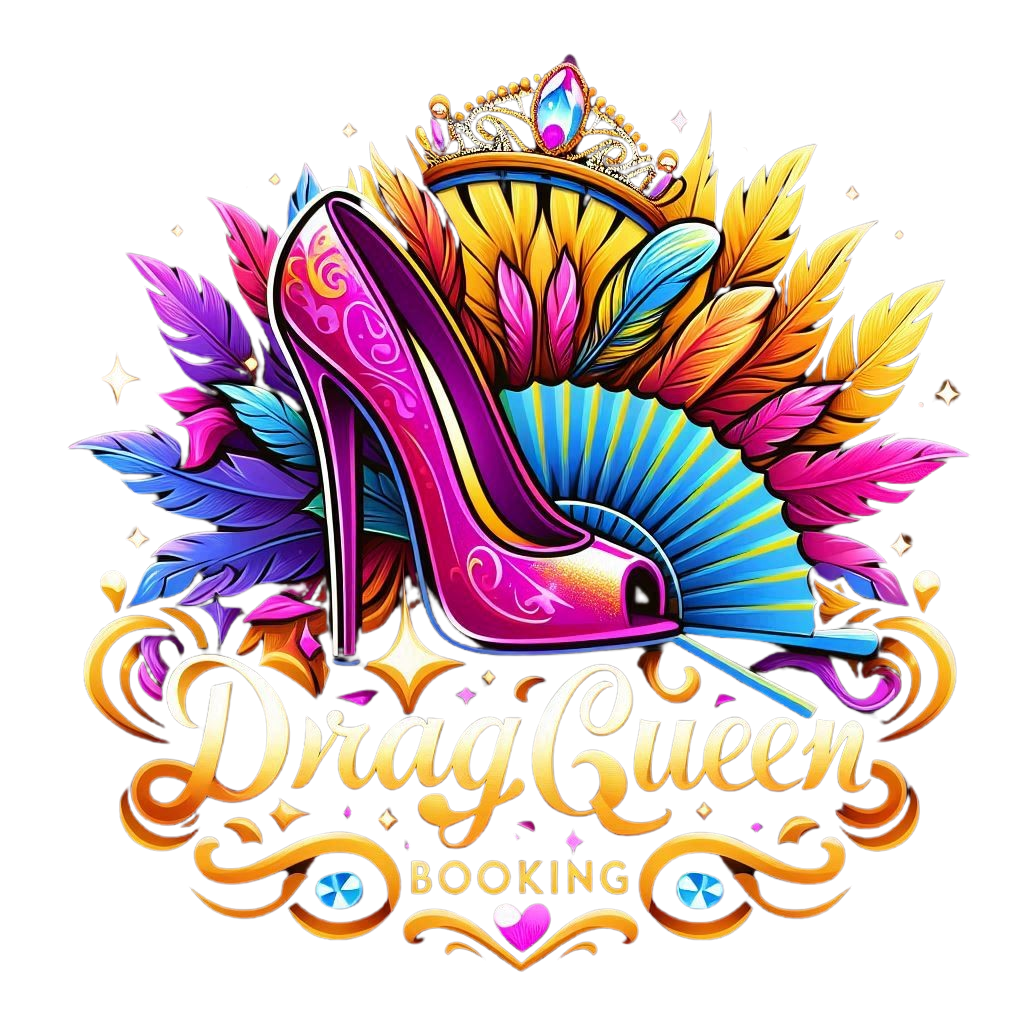History of Drag
Title: "From the Shadows to Center Stage: A Glittering History of Drag"
Drag, with its flamboyant costumes, larger-than-life personalities, and captivating performances, has evolved from a subversive art form in the shadows to a mainstream phenomenon that has taken the world by storm. The history of drag is a vibrant tapestry woven with resilience, creativity, and a relentless pursuit of self-expression. In this blog post, we'll embark on a journey through time to explore the roots and evolution of drag, tracing its path from the clandestine corners of society to the center stage of mainstream culture.
-
Theatrical Origins: The roots of drag can be traced back to ancient theatrical traditions. In Greek and Roman theater, men would often portray female characters due to societal restrictions on women performing on stage. This tradition continued through the Renaissance and Elizabethan eras, with male actors taking on female roles in Shakespearean plays.
-
Shades of Kabuki: In Japan, the art of Kabuki theater featured onnagata, male actors who specialized in portraying female roles. These actors, often celebrated for their androgynous beauty, played a significant role in shaping the performative aspects of gender expression.
-
Vaudeville and Music Halls: The late 19th and early 20th centuries saw the rise of vaudeville and music hall performances, where cross-dressing and gender-bending became popular forms of entertainment. Artists like Julian Eltinge, a renowned female impersonator, gained fame for their dazzling performances.
-
Drag Balls and Harlem Renaissance: In the early 20th century, Harlem became a hub for drag balls, where African American and Latino LGBTQ+ communities could freely express themselves. These events, part of the Harlem Renaissance, laid the groundwork for modern drag culture, introducing elements of fashion, performance, and identity.
-
The Stonewall Uprising: The 1969 Stonewall Uprising marked a turning point for the LGBTQ+ rights movement. Drag queens, including Marsha P. Johnson and Sylvia Rivera, played pivotal roles in the protests. This era saw the emergence of drag as a form of activism and a celebration of queer identity.
-
RuPaul and Drag Mainstreaming: The late 20th century witnessed the emergence of drag as a mainstream phenomenon, thanks in large part to RuPaul. The release of RuPaul's hit single "Supermodel (You Better Work)" in 1992 catapulted drag into popular culture. RuPaul's Drag Race, which premiered in 2009, became a global sensation, introducing audiences to a new generation of drag performers and elevating the art form to unprecedented heights.
-
Drag in the Digital Age: In the 21st century, the internet and social media have played a pivotal role in democratizing drag. Drag queens can now showcase their talent and build communities online, reaching audiences globally and breaking down geographical barriers.
Conclusion:
Drag has transcended its origins as a subversive form of entertainment to become a powerful tool for self-expression, activism, and community building. From the shadows of prohibition to the glittering stages of today, the history of drag is a testament to the resilience and creativity of those who dared to defy societal norms. As we continue to celebrate the diversity of drag, it's essential to recognize the rich tapestry of history that has paved the way for the vibrant and inclusive drag culture we cherish today.

